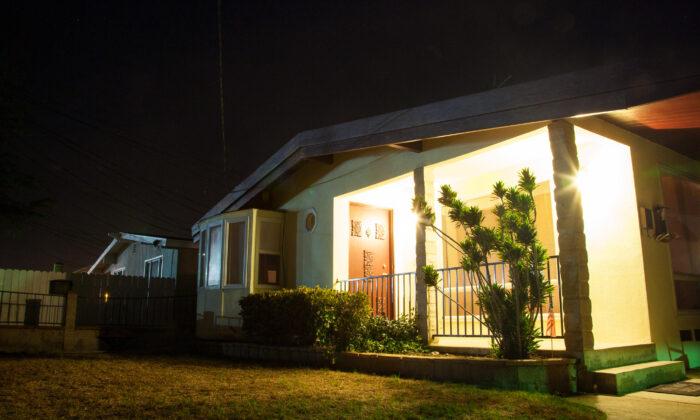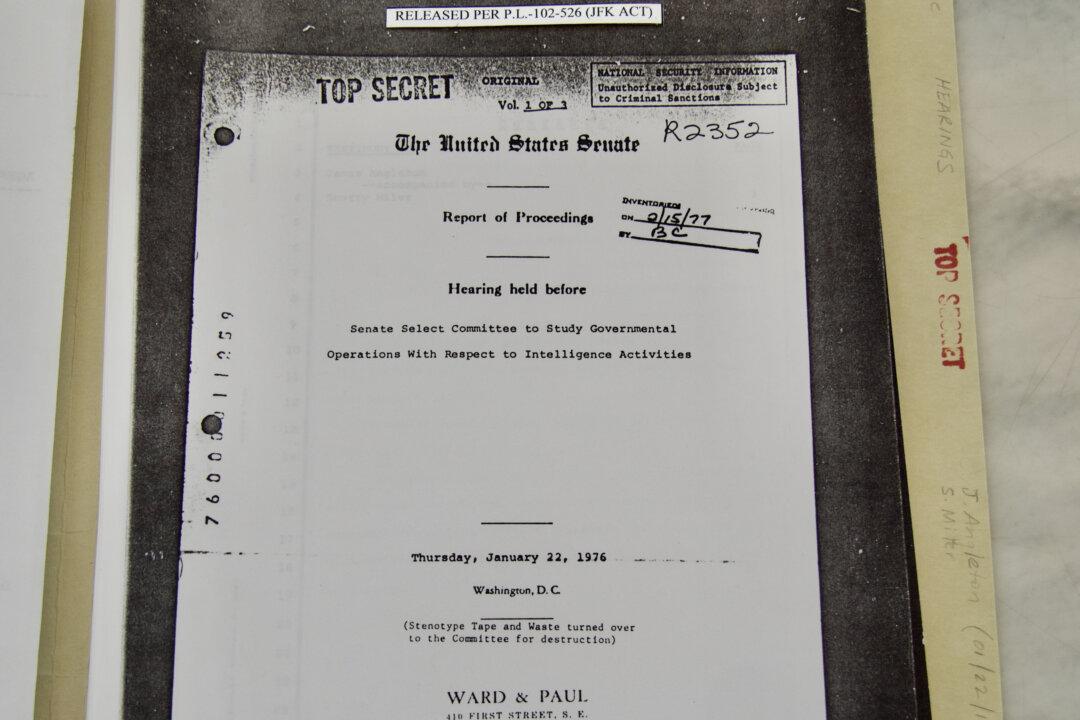Californians pay more than double the national average for electricity, with rate increases far exceeding inflation, according to the Public Advocates office, which operates within the state’s public utility commission representing the interests of utility customers. Now, state regulators will decide Nov. 16 if the price should increase further for some.
Such will affect the ability of some to provide for their families following annual increases of five to 10 percent since 2013, experts suggested.
“Low-income households are most disproportionately impacted by high rates and bills,” the advocacy group wrote in its third quarter 2023 report while describing recent rate adjustments as “historic increases.”
Pacific Gas and Electric, better known as PG&E, customers saw rates spike 38 percent between January 2021 and September 2023, and up to 92 percent since January 14, according to the report.
The utility is now asking the commission to approve billing ratepayers for $412 million in costs related to 2021 wildfire mitigation, rebuild costs, and other expenses.
If approved, rates would jump beginning Jan. 1 with incremental increases and annual rate adjustments continuing through the end of 2026.
The advocacy group, however, has suggested a reduction of $135 million from the utility company’s proposal, recommending $276 million be covered by ratepayers.

A vote on the matter was scheduled for Nov. 2 but was postponed two weeks with a late change made to the agenda Nov. 1.
While most commission meetings are open to the public, those discussing rate increases are closed, as permitted by state law.
In documents submitted to regulators supporting its case, the utility says the money is needed to “provide safe and reliable service at just and reasonable rates,” noting its plan was reviewed beforehand as part of risk assessment mitigation strategies considered by the commission.
Wildfire mitigation efforts are the leading cause of rate increases, according to the public advocate’s third quarter 2023 report.
Contractors hired by the utility have spent millions over the past five years clearing trees and vegetation to help reduce the risk of wildfires across the state, according to the rate proposal, after electrical equipment was blamed for starting a series of fires since 2017 that caused hundreds of deaths, thousands of destroyed structures, and billions of dollars in damage.

Also contributing to rate spikes are the utility’s investment for the betterment of transmission lines and rooftop solar incentives. Seeking to increase the number of homes with such systems, the energy commission approved incentives in 1996 for their installation by paying up to five times the value for solar power produced, according to the advocacy group.
This is subsidized by customers without solar systems—who have typically seen 10 to 20 percent increases in their monthly bills, according to the public advocates’ 2022 annual report.
Further adding to the high cost of rates are investments in energy efficiency programs—including energy analysis checklists and third-party partners meant to help optimize customers’ energy usage patterns to reduce costs—that have thus far proven ineffective, according to the report.
“Unfortunately, most of these programs are not cost-effective,” the authors wrote.
In addition, they noted that funding from such programs was occasionally improperly redirected to lobbying efforts designed to convince lawmakers that measures regulating the industry—including efficiency mandates—should be opposed.
Residents impacted by the significant jump in prices say the rates are unsustainably high and are hurting them in the pocketbook.
“I’m shocked every time I open the bill,” Luis Ramirez, a Sacramento based construction worker and father of three, told The Epoch Times. “We can’t afford to pay this much, and every month it’s worse, even though we’re doing everything we can to not use electricity.”
PG&E declined to comment, with a spokesperson telling The Epoch Times the utility will wait until after the rate hearing to discuss the issue.







